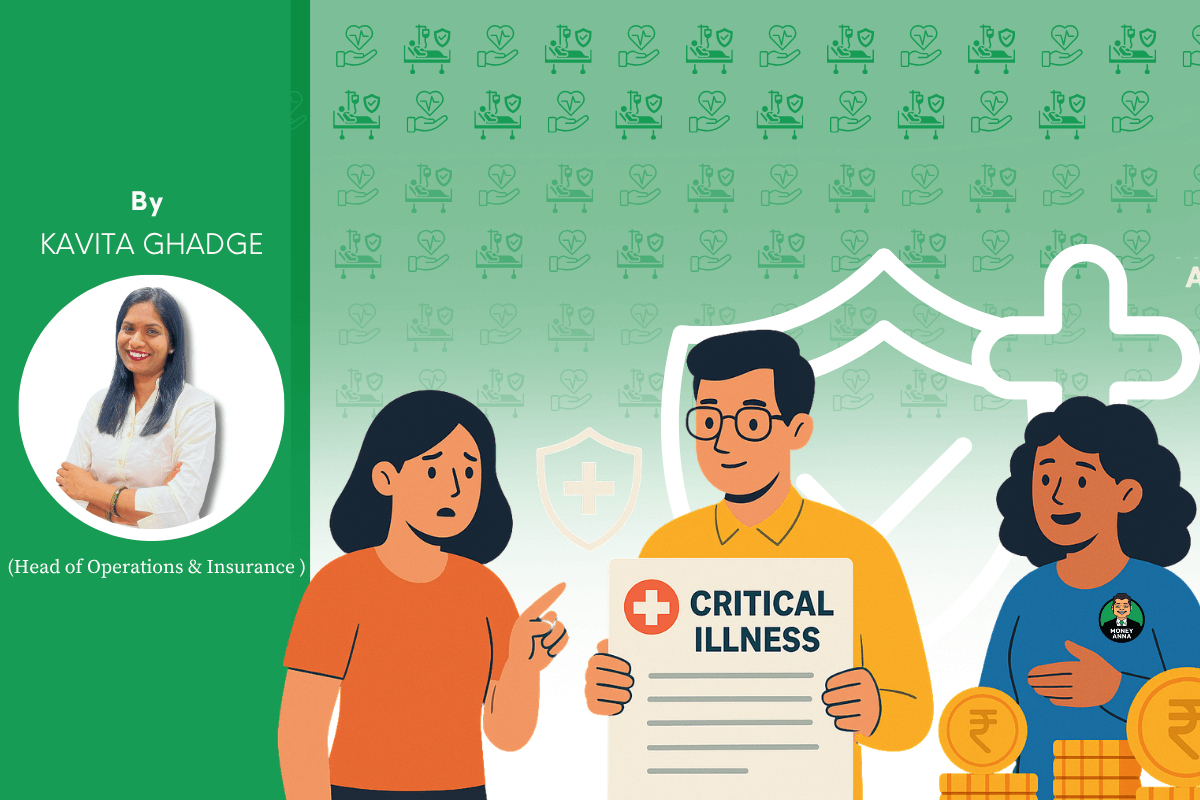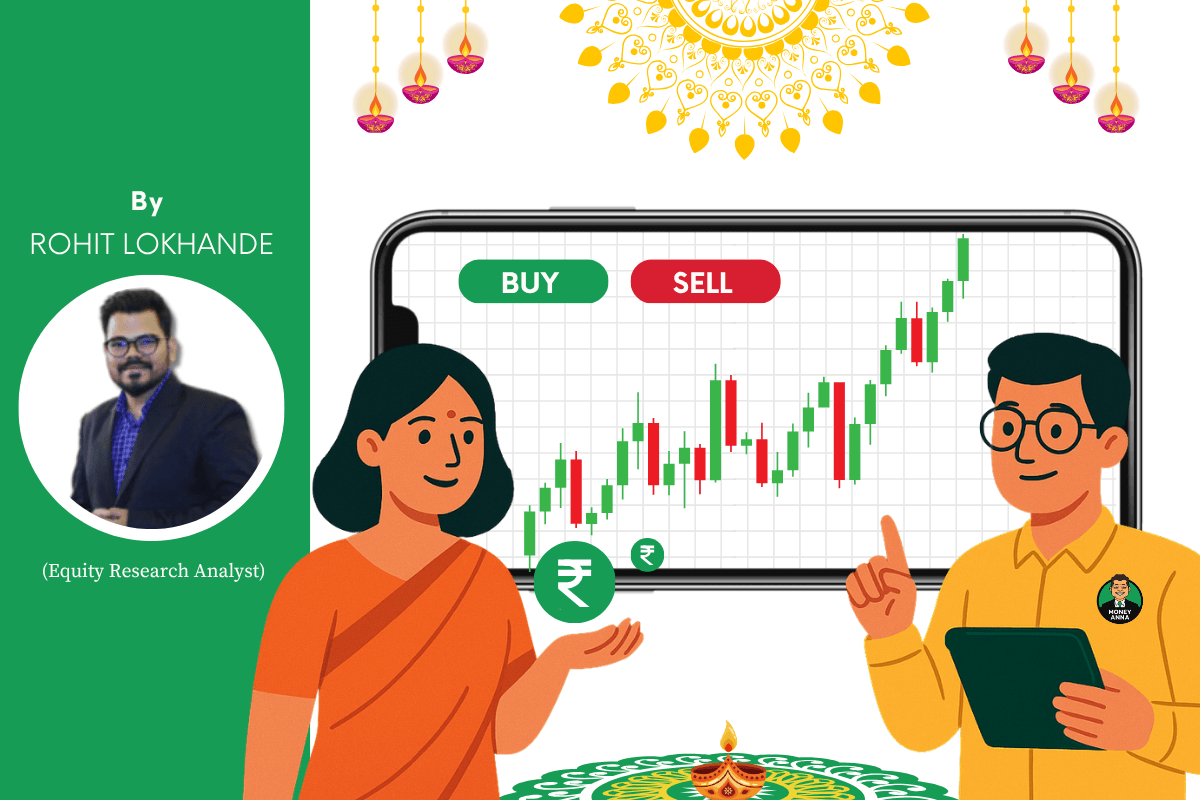What’s in the blog?
Emotional spending might feel like a quick fix for stress or sadness, but it silently damages your financial health. This blog explores why we fall into the retail therapy trap and offers practical, mindful ways to regain control—without giving up the joy of shopping.
Table of Contents
Have you ever found yourself scrolling shopping apps after a bad day?
You’re not even sure what you’re looking for, but somehow a pair of shoes or a fancy dress lands in your cart. One click. Payment done. A brief rush of excitement… followed by that little voice:
“Did I really need this?”
I’ve been there too.
Whether it’s stress from work, feeling underappreciated, a fight with a loved one, or just one of those ‘blah’ days… the urge to buy something just to feel better is very real. Shopping becomes a quick escape, a dose of dopamine in an otherwise dull moment.
I know how tempting it is. But I also know the cost. However, I’m not here to preach. In this blog I intend us to together explore whether ‘retail therapy’ is actually a therapy.
Why Shopping Gives Us Relief?
We all, including me, can vouch for the fact that shopping helps us emotionally, even if it’s for a short period of time. This is the reason ‘retail therapy’ has become a buzz word and marketers are planning their campaigns to hit us in our low times.
But, why? Why do we feel that dopamine rush when we shop on our bad days?
The fact is emotional spending is actually not about the stuff we buy. It is more about what the stuff represents in our mind – relief, reward, escape, comfort…
In moments when we feel low, overwhelmed, or even just bored, shopping gives us the illusion of control. It lets us feel like we’re doing something nice for ourselves. There was a time when I felt shopping gave a boost to my self-esteem. Buying something for myself made me feel I was giving myself the happiness I deserved.
This might surprise you because I’m a finance professional. I’ve spent over a decade studying money, building budgets, helping people make better financial decisions. But when emotions take over, knowledge isn’t always enough.
And in a world where marketers know exactly how to exploit our emotional triggers, resisting becomes even harder.
Why Emotional Shopping Concerns Me as A Finance Professional?
You might think as a finance professional I should be talking about money. Why am I talking about shopping, emotions and psychology?
I have taken this topic because the so-called retail therapy numbs our pain for a short while but the dent it puts on our budget is permanent. After talking to clients for years, especially young professionals living away from home in new cities, I’ve seen emotional spending being one of the stealthiest roadblocks to financial freedom.
I have worked with clients with decent earnings and no clue where their money disappears. After sitting with them intentionally and digging deeper, emotional spending, be it on clothes, gadgets or food, comes out as the main culprit.
Due to these unaccounted spending, people are not left with something to save and invest. And this traps us in vicious cycle.
How Do You Take Back Control?
As I said earlier emotional spending gives us relief, even if its for a short time. So, it will be practically impossible if I directly say “Don’t do emotional shopping or spending”. It’s not so easy. The marketing trap all around us is also designed to keep us trapped. So, what we can do is slowly take a little control in our hands without completely eliminating shopping that gives us emotional support.
Identify Your Trigger Patterns
The first step to help you take control of your emotional spending is to identify the emotions or triggers that pushes you towards mindless spending. Was it a tough client interaction? Was it a lonely weekend where no one was around? Was it a situation where you felt not loved or appreciated enough?
Whenever you are tempted to shop without any actual requirement, try to find the trigger or emotional gap your mind is trying to fill.
Create an Emotional First Aid Kit
Your triggers tell you where are you hurt. And you know that retail therapy is not an actual therapy that will help you. So, make a list of things that can actually help you without sabotaging your budget or long-term financial health.
Think of listening to music, writing a journal, talking to your parents or a friend, taking a walk in nature or even making a cup of masala chai for yourself. Try to list down things that can comfort you when you are emotionally triggered.
Gamify Your Emotional Spending
Having an emotional first aid kit can help you when the trigger is relatively shorter or you have more control on yourself. But, when you are triggered too much it can be tough to control your emotional spending. In such times you can gamify your emotional spending.
Tell yourself you will do the shopping but not online. Dress up, get out of your house and go shopping at a far away place. Give yourself a budget. Promise yourself to do the shopping in cash only… no card, no UPI. You won’t realize it, but putting such boundaries lowers your spending significantly.
Let me tell you my experience…
Insightful Experience
Around two and a half years back, I was emotionally triggered for some reason. It was a high-intensity trigger for which my emotional first aid kit, that includes meditation, sleeping, chit-chatting with friends, was not really effective.
I had this want to change my entire wardrobe. I wanted to feel transformed. I knew it was an emotional trigger and I needed to take care of my emotions in addition to my finances. I chose to gamify this. I gave myself a budget of 1,500 rupees and a challenge to buy just one piece – a shirt, pair of trousers or shoes. Because I wanted to change my entire wardrobe I gave myself this monthly budget.
Because of this gamification I was excited every month for the new piece of clothing or accessories I would be buying. This ensured I did not get a dopamine spike just once but regularly for several months. In 18-months I got a completely transformed wardrobe without putting a dent in my budget or investment.
I felt proud of myself.
Why Shopping Gives Us Relief?
A Personal Thought
Spending money is not a problem. But, if you are doing it mindlessly to cover up an emotional trigger you are doing wrong with your financial as well as mental health. Don’t use shopping as a distraction from what you’re really feeling. Don’t push your pain deeper.
Channel your money with intention for the life you want to build rather than using it as a cover to distract yourself from emotional pain and discomfort. Because emotional spending gives a temporary high, not lasting healing.
Frequently asked questions (FAQ)
Ask yourself: Do I often shop when I’m stressed, sad, bored, or angry? Do I regret purchases later? Do I lose track of how much I’m spending? If you said yes to most of these, emotional triggers may be driving your spending habits.
It’s not about a good or bad…It’s about being intentional about your shoppings. If you’re shopping mindfully and within your budget, that’s fine. But if you’re using it to avoid dealing with emotions, it can hurt both your mental and financial health.
No. You must continue shopping if you love doing shopping. But, give yourself a fixed budget every month to take care of this emotional need. This way you’ll enjoy guilt-free shopping while keeping your spending in control.
Even small, frequent impulsive purchases can drain your savings over time and delay financial goals like investing, travel, or building an emergency fund. It often feels harmless in the moment but builds up quietly.




